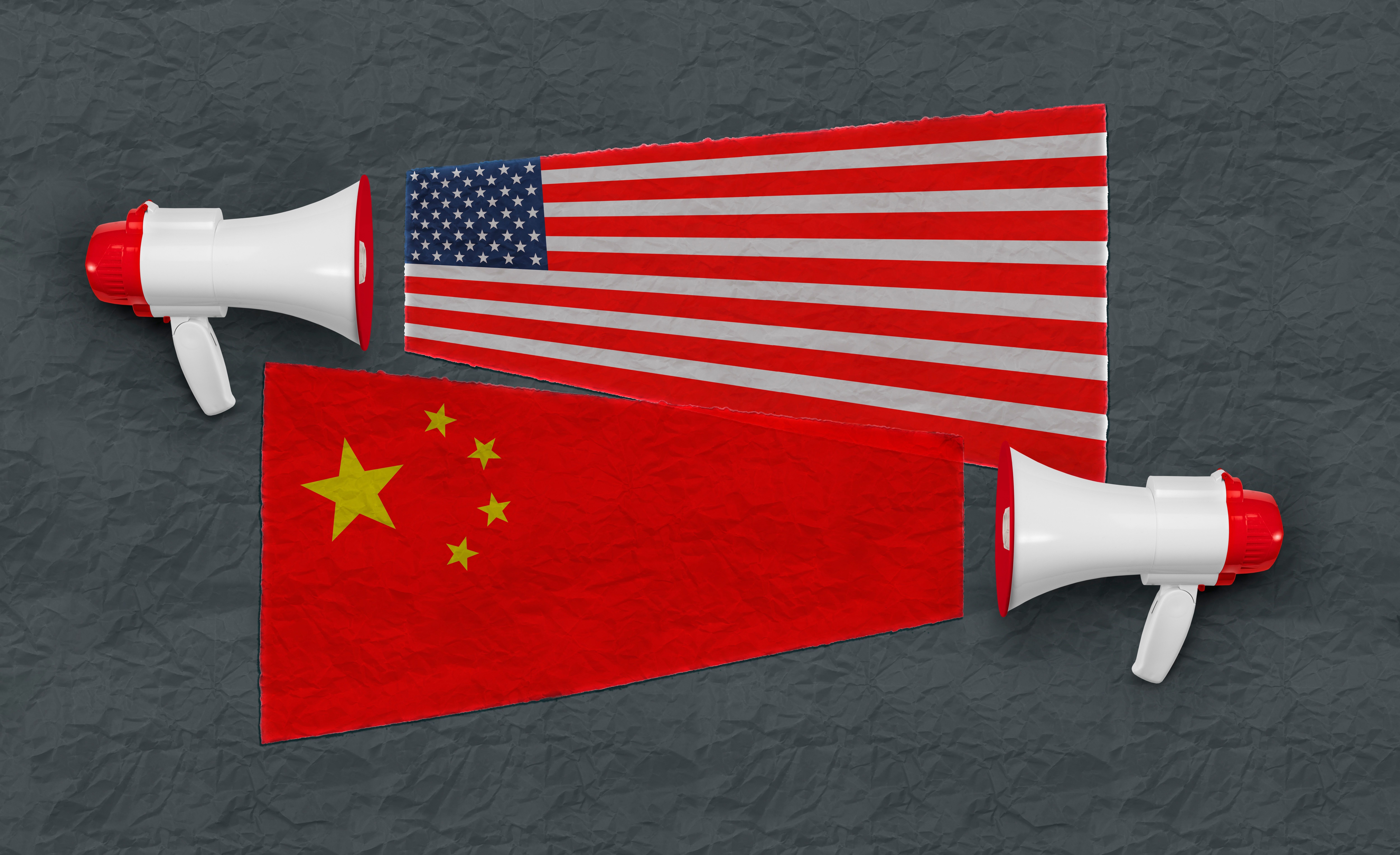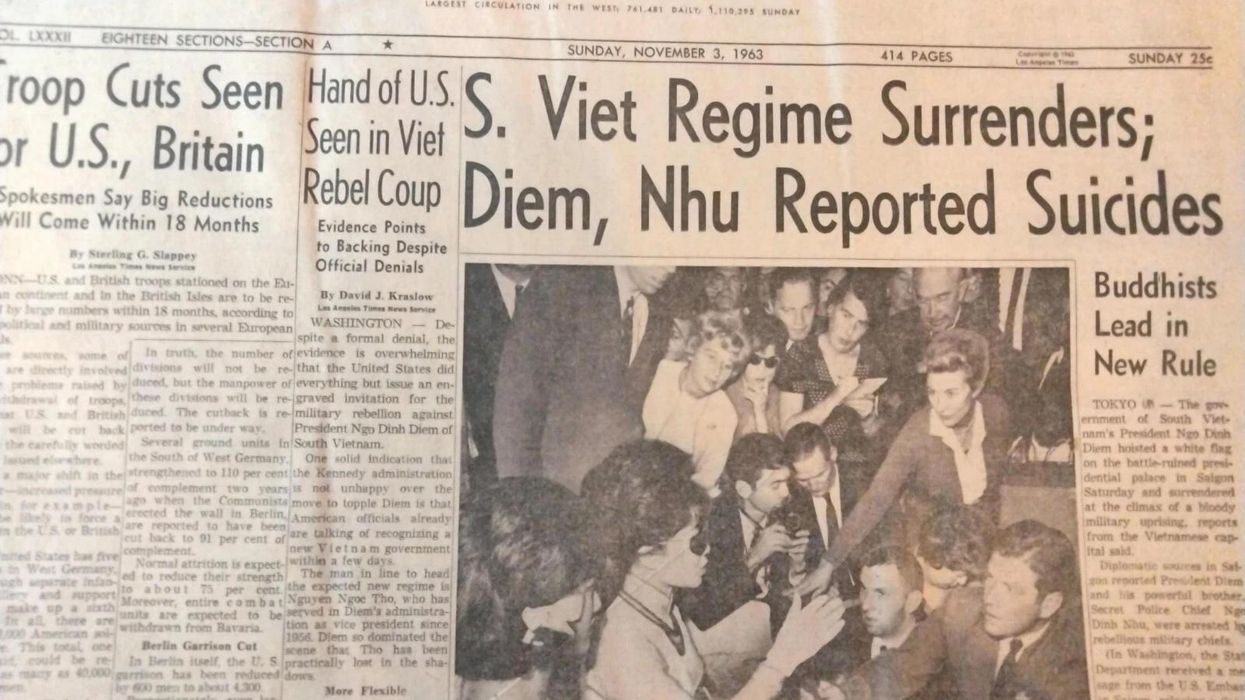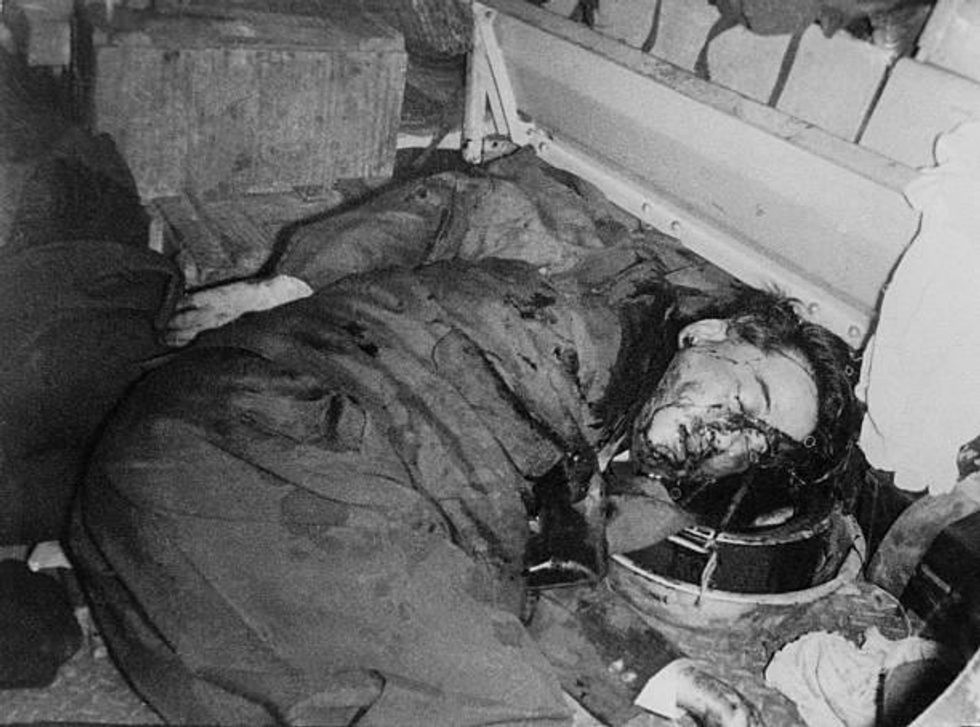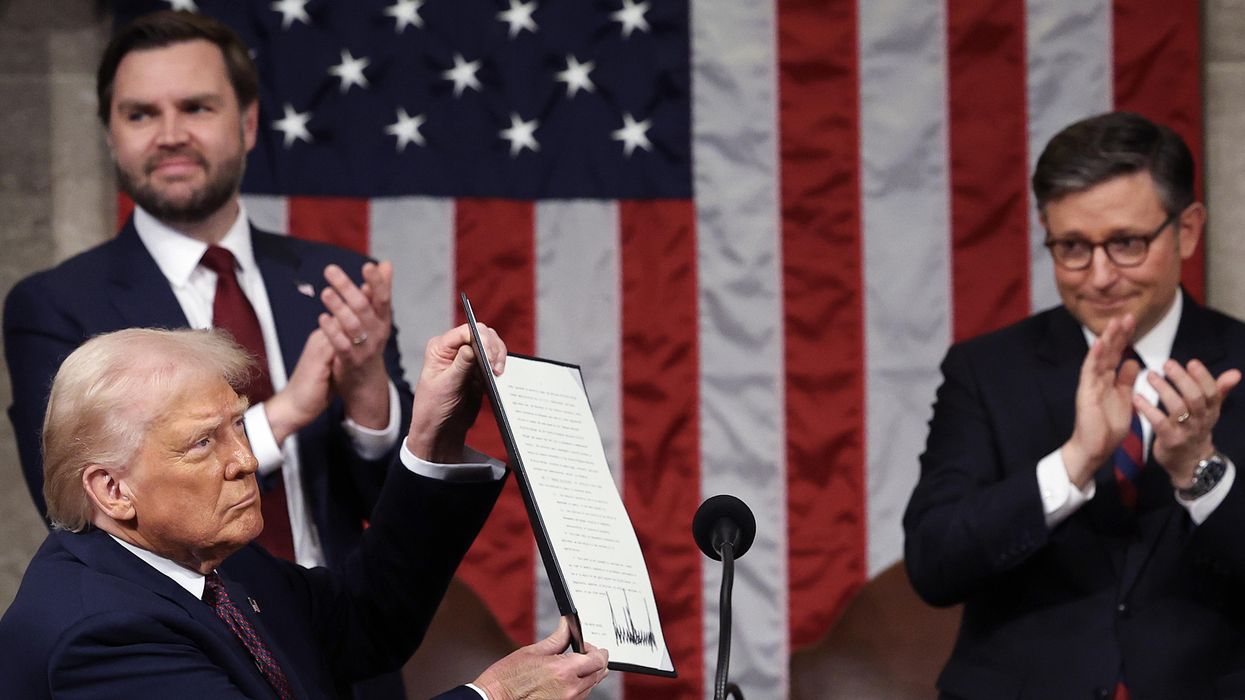Since at least 2016, foreign interference in American elections and civil society have become central to American political discourse. The issue is taken extremely seriously by the U.S. government, which has levied sanctions and called out foreign adversaries for sowing “discord and chaos” through their propaganda efforts.
But apparently Washington takes a different view when it comes to American propaganda operations in foreign countries. On Monday, the House passed HR 1157, the “Countering the PRC Malign Influence Fund,” by a bipartisan 351-36 majority. This legislation authorizes more than $1.6 billion for the State Department and USAID over the next five years to, among other purposes, subsidize media and civil society sources around the world that counter Chinese “malign influence” globally.
That’s a massive spend — about twice, for example, the annual operating expenditure of CNN. If passed into law it would also represent a large increase in federal spending on international influence operations. While it’s hard to total all of the spending on U.S. influence operations across agencies, the main coordinating body for U.S. information efforts, the State Department’s Global Engagement Center (GEC), has an annual budget of less than $100 million.
There is obviously no issue with the U.S. government presenting its own public view of what China is doing around the world, and doing so as forcefully as needed. But this bill goes beyond that by subsidizing “independent media and civil society” and other information operations in foreign countries. Indeed, this is already routine. The Global Engagement Center, which will likely play a strong role in implementing the bill, spends more than half its budget on such grants, and USAID, which will also play a lead role, makes grants to foreign media and civil society organizations a key part of its efforts. HR 1157 would supercharge these programs.
Crucially, HR 1157 doesn’t seem to contain any requirement that U.S. government financing to foreign media be made transparent to citizens of foreign countries (although there is a requirement to report grants to certain U.S. congressional committees). Thus, it’s possible that the program could in some cases be used to subsidize covert anti-Chinese messaging in a manner similar to the way Russia is accused of covertly funding anti-Ukrainian messaging by U.S. media influencers.
Such anti-Chinese messaging could cover a wide range of bread-and-butter political issues in foreign countries. The definition of “malign influence” in the bill is extremely broad. For example, program funds could support any effort to highlight the “negative impact” of Chinese economic and infrastructure investment in a foreign country. Or it could fund political messaging against Chinese contractors involved in building a port, road, or hospital, for example as part of Beijing’s globe-spanning Belt and Road Initiative.
Because some dimensions of U.S. information operations could be classified, it can be difficult to get a complete picture of the full range of what they look like on the ground. But a 2021 “vision document” on psychological operations and civil affairs from the First Special Forces Command at Fort Bragg gives a fascinating glimpse.
The document provides a case study (or “competition vignette”) of what an integrated effort to counter Chinese influence could look like in the fictional African country of Naruvu. In the vignette, members of a Special Forces Civil Affairs team spot a billboard with a picture of a port and Chinese characters. Quickly determining that the Chinese are investing in a new deep-water port in Naruvu, the 8th Psyop Group at Fort Bragg’s Information Warfare Center (IWC) works with local and U.S. government partners to immediately develop an influence campaign to “discredit Chinese activities.”
The influence campaign “empowered IWTF [Information Warfare Task Force], in coordination with the JIIM [local and U.S. government partners] to inflame long-standing friction between Naruvian workers and Chinese corporations. Within days, protests supported by the CFT’s ODA [Special Forces Operations Detachment Alpha], erupted around Chinese business headquarters and their embassy in Ajuba. Simultaneously, the IWC-led social media campaign illuminated the controversy.”
Faced with a combined propaganda campaign and intense labor unrest, the Chinese company is forced to back down from its planned port. (Although the vignette continues to an even more Hollywood-ready ending in which U.S. special forces break into the construction company’s offices, confiscate blueprints for the port, and discover that it is actually a Chinese plot to emplace long-range missiles in Naruvu to threaten U.S. Atlantic shipping).
This case study illustrates the extremes information warfare could reach. But of course it is fictional, and most operations funded to counter Chinese influence will be far more mundane and less cinematic. Indeed, some will probably look similar to the activities the U.S. government has bitterly condemned when foreign governments financed them in the U.S. civil society space, such as making social media buys or funding organizations sympathetic to Washington’s perspective.
But it’s still worth thinking about the consequences of such efforts. They are of course likely to make U.S. protests against similar foreign government activities look hypocritical. Beyond that, pumping a flood of potentially undisclosed U.S. government money into anti-Chinese messaging worldwide could backfire by making any organic opposition to Chinese influence appear to be covertly funded U.S. government propaganda rather than genuine expressions of local concern.
As the publics in many nations are likely to be suspicious of U.S. as well as Chinese involvement in their internal affairs, this could easily discredit genuine grassroots opposition to Chinese influence. A historical example is Washington’s funding of Russian civil society groups that criticized the integrity of Russia’s 2011 parliamentary elections. This backfired by allowing Putin to depict the opposition as tools in a U.S. plot and resulted in sharp restrictions on U.S. activity in Russia, including the expulsion of USAID.
Another problem raised by the proposed legislation is the possibility that anti-Chinese propaganda financed by this program will flow back into the American media space and influence American audiences, without any disclosure of its initial source of funding. Protections against U.S. government targeting of domestic audiences are already weak, and what protections do exist are almost impossible to enforce in a networked world where information in other countries is just a click away from U.S. audiences.
It’s easy to imagine U.S.-funded foreign media being used as evidence in domestic debates about China’s international role, or even to attack U.S. voices that advocate for a different view of China that is propagated by a hawkish U.S. government. During the Trump presidency, the State Department’s Global Engagement Center (GEC), a likely recipient of many of these funds, supported attacks on U.S. critics of Trump’s Iran policy. More recently, congressional conservatives have claimed the GEC has advocated for censorship of conservative voices who disagree with Biden’s foreign policies.
The overwhelming bipartisan majority for HR 1157 is a snapshot of a culture in Washington that seems not to see the risk to U.S. values and interests when we engage in the same covert activities that we criticize in other countries.
- The 'Strategic Competition Act' is a dangerous declaration of cold war on China ›
- House China hawk lights a match on his way out the door ›
- Rand Paul 'Festivus' grievances: US millions for Ukraine TikTok-ers | Responsible Statecraft ›
- The 'rivalry peril' with China: toxic cold war is where we are headed | Responsible Statecraft ›



 Top photo credit: Ngô Đình Diệm after being shot and killed in the 1963 coup (US National Archives)
Top photo credit: Ngô Đình Diệm after being shot and killed in the 1963 coup (US National Archives) 












